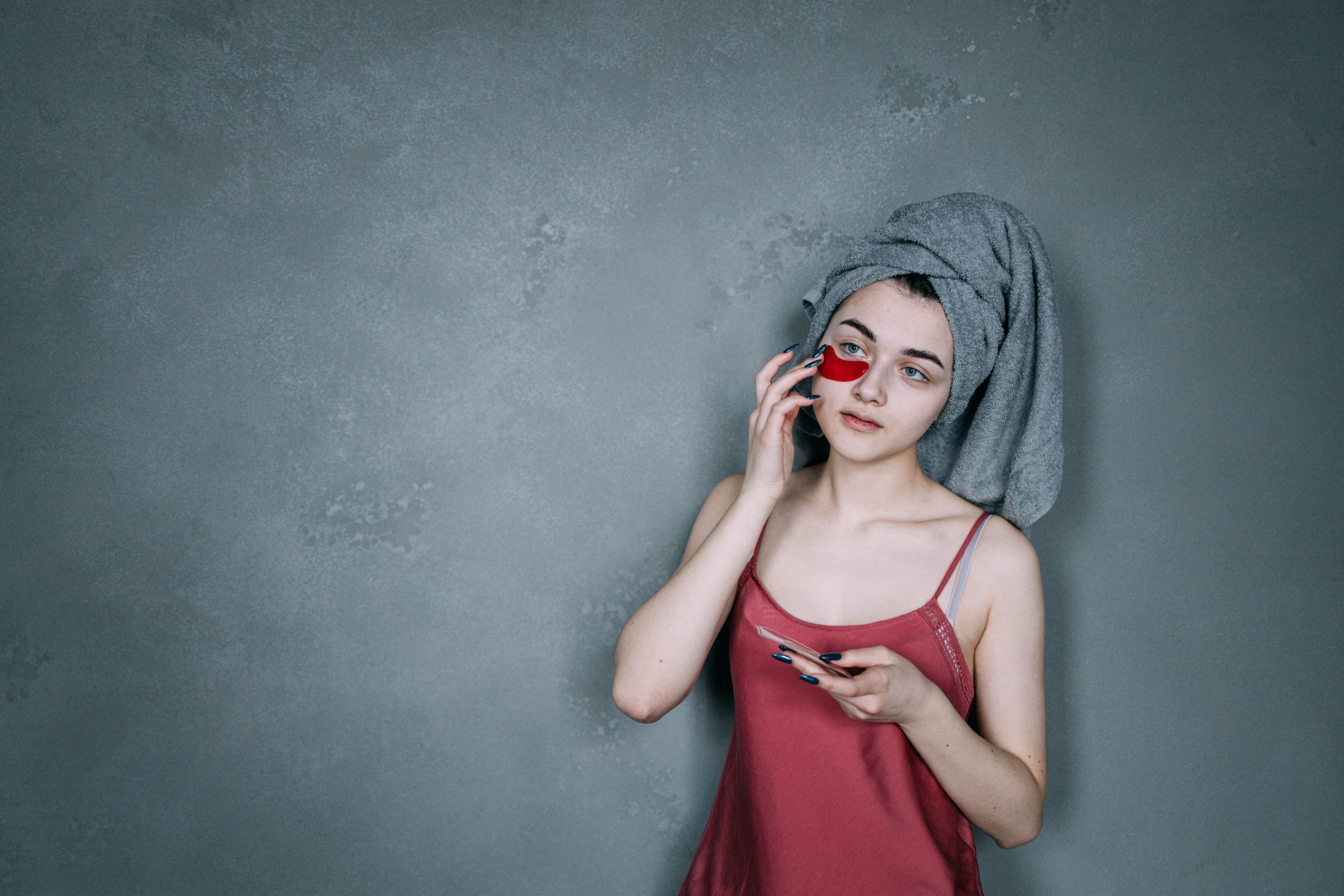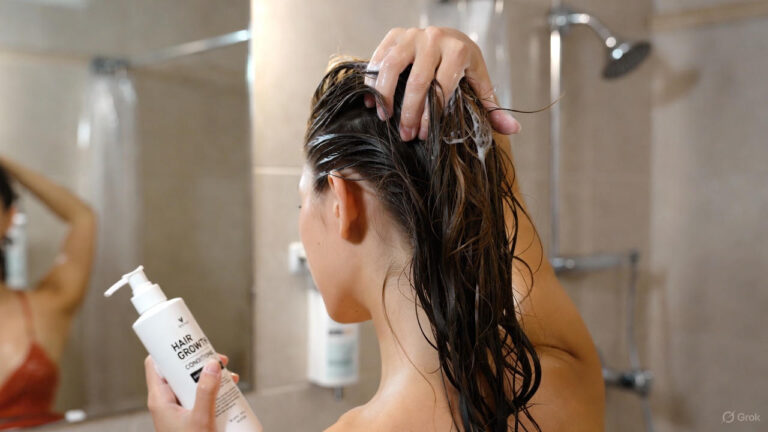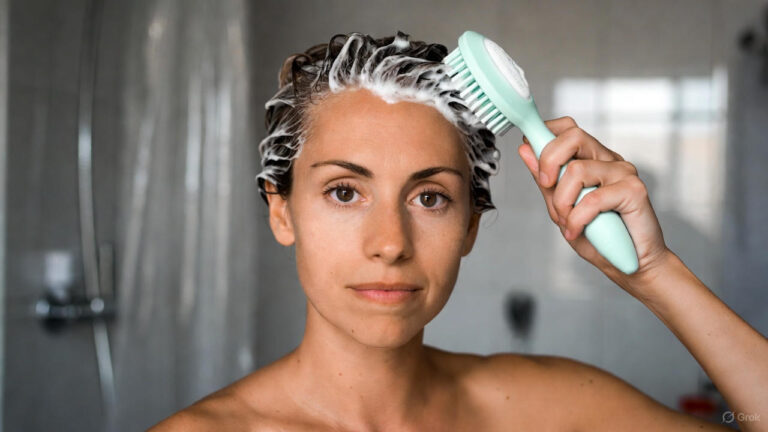Beauty has always played a significant role in shaping perceptions and influencing decisions. Beyond its personal and societal dimensions, beauty holds a unique position in different professions, where its interpretation varies and its impact can be profound.
In this article, we will unravel the intricate relationship between beauty and various professions, delving into the worlds of makeup artistry, modeling, and beyond.
Makeup Artists: Crafting Confidence and Expression
Makeup artists are the unsung heroes behind the scenes, using their skills to enhance natural beauty and create transformative looks. Their role extends beyond applying foundation and eyeshadow; they craft confidence and empower individuals to express themselves.
Makeup artists are not just skilled technicians but also keen psychologists, who understand the nuances of their clients’ self-perception. A well-executed makeup application can boost confidence, helping individuals project the image they desire.
In professions where presentation is key, such as television, film, and live performances, makeup artists become indispensable contributors to the overall aesthetic.
Moreover, makeup artistry is a form of self-expression and creativity. Artists often view faces as canvases, using color, texture, and technique to tell a story or convey a mood. In the world of fashion and beauty, makeup artists play a crucial role in setting trends and pushing boundaries, challenging societal norms, and expanding the definition of beauty.
Models: Beyond Aesthetic Appeal
Models are often seen as the epitome of beauty, gracing magazine covers, catwalks, and advertising campaigns. However, their role goes beyond mere aesthetic appeal. Models serve as conduits for storytelling, conveying messages and embodying the essence of brands.
A model’s success is not solely determined by conventional standards of beauty; versatility, personality, and the ability to communicate a brand’s narrative are equally vital. In an era where diversity and inclusivity are championed, models act as ambassadors for varied expressions of beauty, challenging stereotypes and reshaping industry standards.
Furthermore, models have the power to influence societal perceptions of beauty. By embracing uniqueness and advocating for body positivity, models contribute to a more inclusive and accepting definition of beauty.
The profession becomes a platform for cultural dialogue, challenging preconceived notions and promoting a more diverse representation of beauty.
Surgeons and Aesthetics: Beauty as a Skill
In the field of plastic surgery and aesthetics, beauty takes on a different form – it becomes a skill, a craft that can be refined and sculpted. Plastic surgeons, dermatologists, and aesthetic professionals work with individuals seeking to enhance or restore their appearance, addressing both physical and psychological aspects.
Beauty in this context is not just about adhering to societal standards; it becomes a tool for boosting confidence, improving mental well-being, and sometimes even restoring a sense of normalcy.
Procedures ranging from facelifts to non-invasive treatments aim not only to enhance external features but also to create harmony between one’s inner self and outer appearance.
Aesthetic professionals often walk a fine line between artistry and medical science, emphasizing the importance of understanding individual preferences and ensuring realistic expectations. The impact of their work extends beyond the physical; it has the potential to reshape lives, renewing self-confidence, and fostering a positive self-image.
Architecture and Design: Beauty in Built Spaces
In professions like architecture and design, beauty transcends personal appearance and enters the world of built environments. Architects and designers are tasked with creating spaces that are not only functional but also visually pleasing and harmonious.
The concept of beauty in architecture encompasses a delicate balance between form and function. The aesthetic appeal of a building or interior space contributes to the overall well-being of its occupants. A beautifully designed space can evoke emotions, enhance productivity, and create a sense of connection with the environment.
Architects, much like artists, draw inspiration from various sources, incorporating elements of nature, culture, and history into their designs. The result is a fusion of practicality and aesthetics, where beauty becomes an integral part of the human experience within the built environment.
Conclusion
In various professions, beauty takes on diverse meanings and applications, shaping perceptions, influencing success, and fostering confidence. From the makeup artist’s brush to the surgeon’s scalpel, from the model’s runway strut to the architect’s blueprint, beauty intertwines with skill, creativity, and the human experience.
FAQs
Q1: How do makeup artists stay updated on beauty trends?
Makeup artists often attend workshops, courses, and industry events to stay abreast of the latest trends. They also follow beauty influencers, fashion shows, and collaborate with other professionals to exchange ideas.
Q2: What qualities make a successful model beyond physical appearance?
Versatility, professionalism, and the ability to convey emotions and narratives are crucial for a successful model. Personality, uniqueness, and the capacity to adapt to various styles also contribute to a model’s success.
Q3: How does beauty influence the design process in architecture?
Beauty in architecture is not just about aesthetics; it involves creating spaces that are visually pleasing, functional, and enhance the overall well-being of occupants. Architects draw inspiration from various sources to achieve a harmonious balance between form and function.



